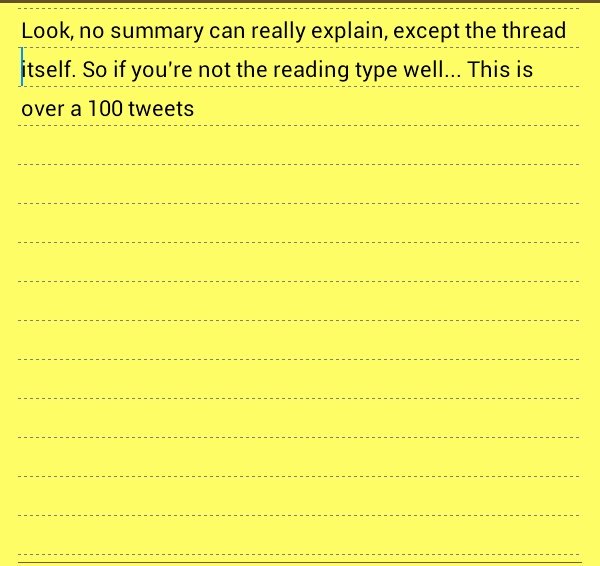When I was starting, I thought the big one was B2B vs B2C.
Every other fact about a SaaS company gets bent by gravational waves emanating from the sales model.
This game is easier to play than tic tac toe.
It works like this:

In low-touch SaaS as it is actually practiced, churn happens early.
But the simple model works!
I'll tell you if I ever figured it out. My one original thought, in ~10 years in the business, was altering the first-run experience and flow of the free trial in response to exact marketing channel a user came in through.
(Please steal that. It worked.)
This causes networks to be very, very powerful in SaaS.
This is one reason why Silicon Valley tends to race ahead with regards to funded SaaS.
(That might be true of most work?)





